What You Need to Know About LASIK Eye Surgery
LASIK eye surgery has helped millions of people achieve clearer vision since Health Canada approved the first laser eye surgeries in 1990. LASIK, which stands for laser-assisted in situ keratomileusis, is a widely used procedure to correct nearsightedness (myopia), farsightedness (hyperopia), and astigmatism. If you are considering LASIK, here’s what you need to know about the procedure and its benefits.
What LASIK Does
LASIK surgery works by reshaping the cornea, the transparent tissue covering the iris and pupil that allows light to enter the eye. Because the cornea controls 65 to 75 percent of the eye’s focusing power, its shape plays a crucial role in vision quality.
During the procedure, a laser removes tiny layers of corneal tissue, changing how light enters the eye and improving focus. This reshaping process helps reduce or eliminate the need for glasses or contact lenses.
Before LASIK Surgery
Before undergoing LASIK, an optometrist must evaluate your eye health and determine if you are a good candidate for the procedure. If you qualify, your optometrist will refer you to an ophthalmologist who specializes in laser eye surgery.
Here are a few important factors to consider before the procedure:
- LASIK is not suitable for everyone – People with certain eye conditions or medical histories may not be ideal candidates.
- The cost varies – LASIK surgery typically costs between $1,500 and $3,000 per eye, and it is usually not covered by insurance.
- Expect a thorough evaluation – Your ophthalmologist will measure your corneal thickness, pupil size, and overall eye health before proceeding.
LASIK may not be recommended for individuals with:
- Autoimmune disorders that affect healing
- A history of certain eye diseases or injuries
- Extremely high levels of myopia, hyperopia, or astigmatism
- A weakened immune system
During LASIK Surgery
LASIK is an outpatient procedure that typically takes less than 30 minutes per eye. It is performed in a specialized clinic rather than a hospital.
Here’s what to expect during the surgery:
- Your eye will be numbed with anesthetic drops.
- A device will hold your eyelids open to prevent blinking.
- A suction ring will stabilize your eye, and you may experience brief vision loss.
- The surgeon will create a thin flap in your cornea using a laser or micro-blade, then fold it back.
- A laser will reshape your cornea as you look into a light.
- The corneal flap will be repositioned, completing the procedure.
- You will need someone to drive you home, as your vision may be blurry immediately after surgery.
After LASIK Surgery
Following LASIK surgery, your cornea will gradually heal, and most patients notice improved vision within days. However, full stabilization may take up to three to six months.
Your eye doctor will provide eye drops to prevent infection and promote healing. It is essential to follow post-surgery guidelines, including:
- Avoid rubbing your eyes
- Refrain from using skincare products near your eyes
- Attend all follow-up appointments to monitor healing
Common side effects include:
- Mild pain or discomfort
- Dry eyes
- Light sensitivity
- Blurry vision or difficulty seeing in low light
These effects are usually temporary and improve as the eyes heal.
Schedule an Eye Exam in Edmonton
If you are considering LASIK surgery, a comprehensive eye exam is the first step. The optometrists at Optometrists’ Clinic Inc. can assess your vision and determine whether LASIK may be a good option for you.
We provide general, pediatric, and diabetic eye exams at our clinics in Edmonton, Westlock, and Leduc. To schedule an appointment, contact us today.




